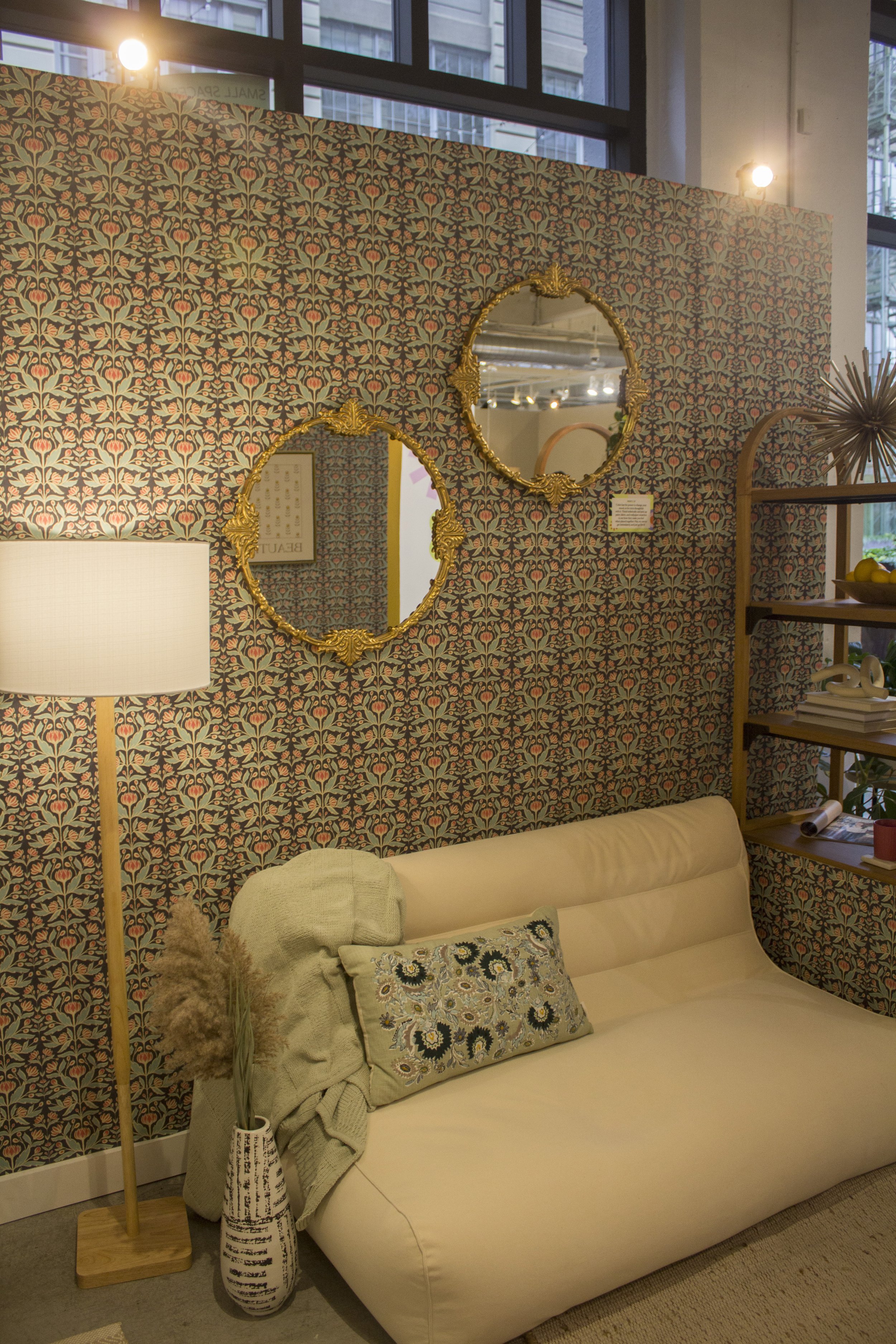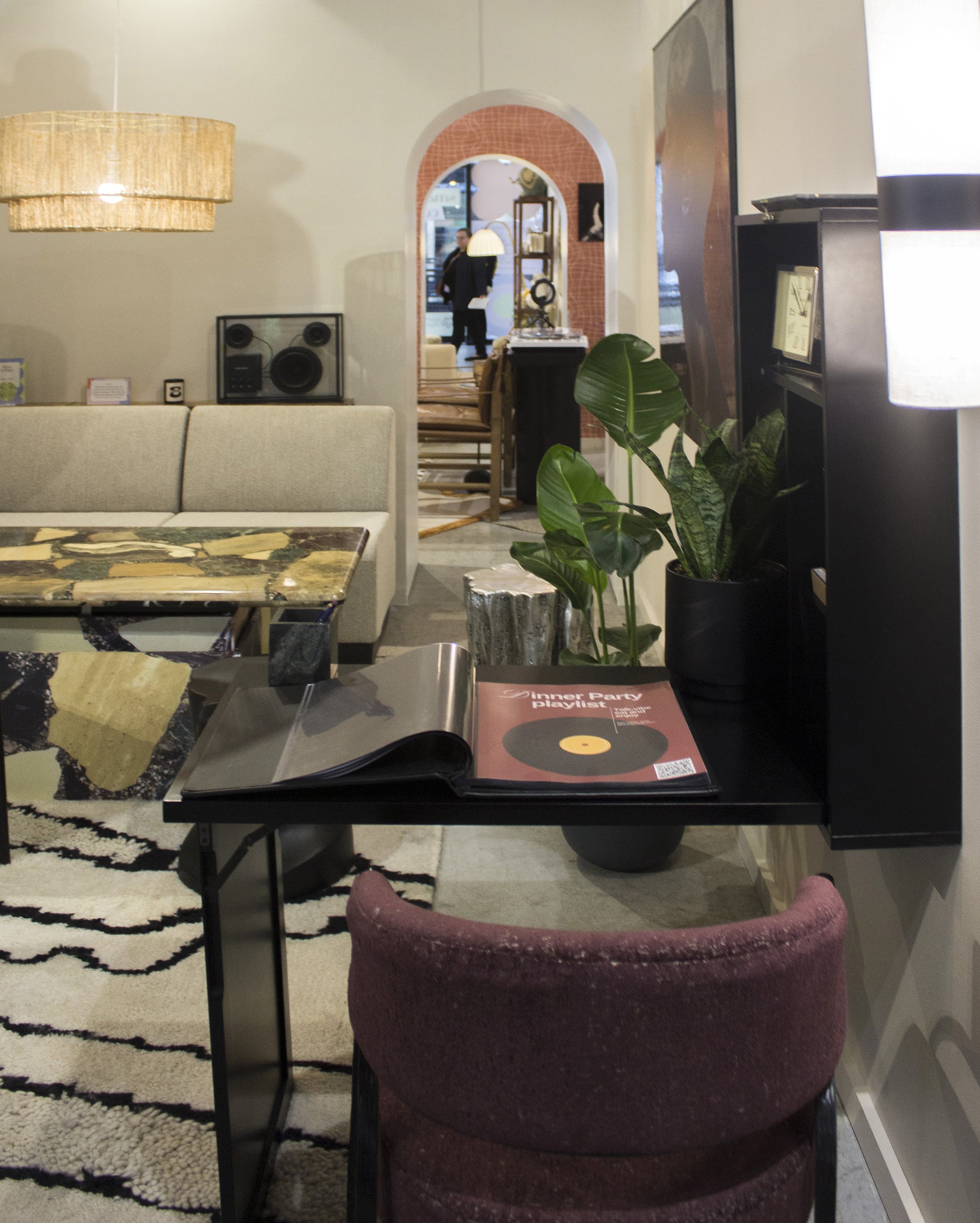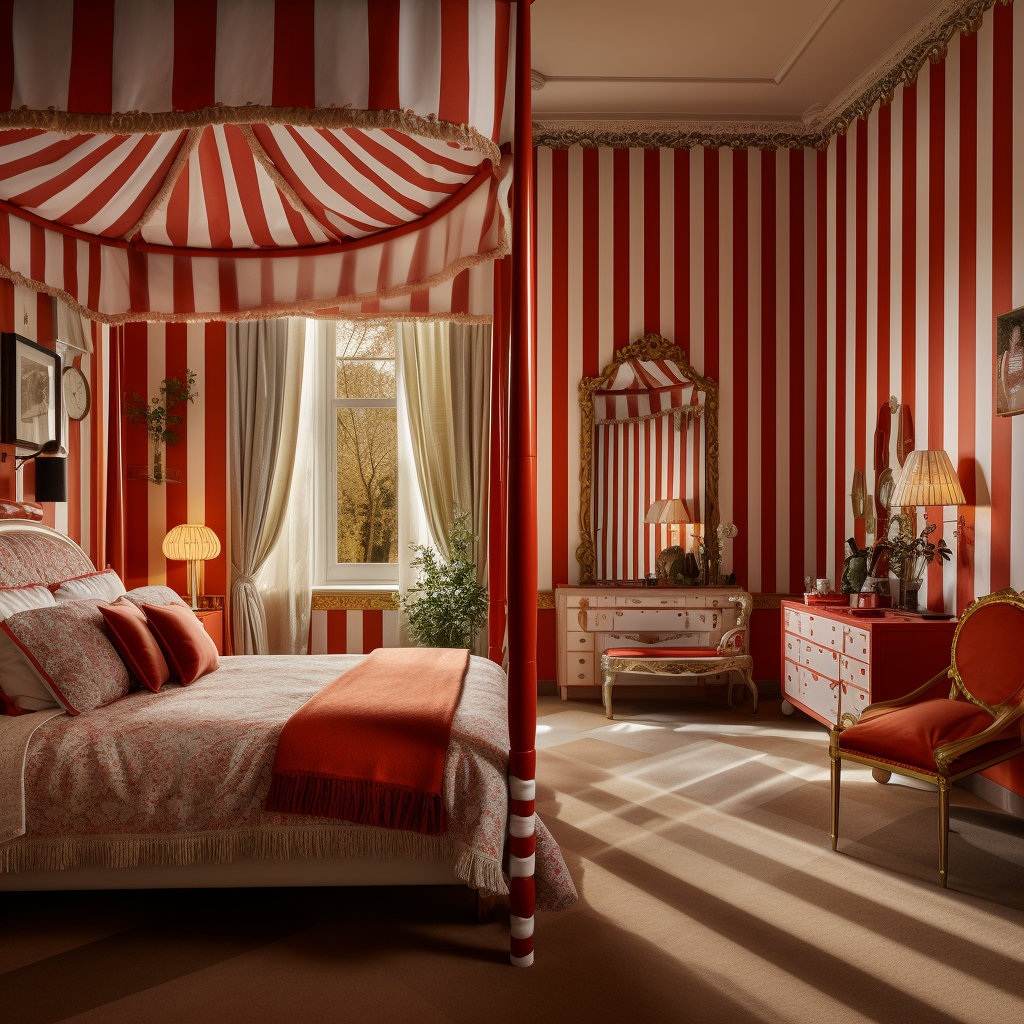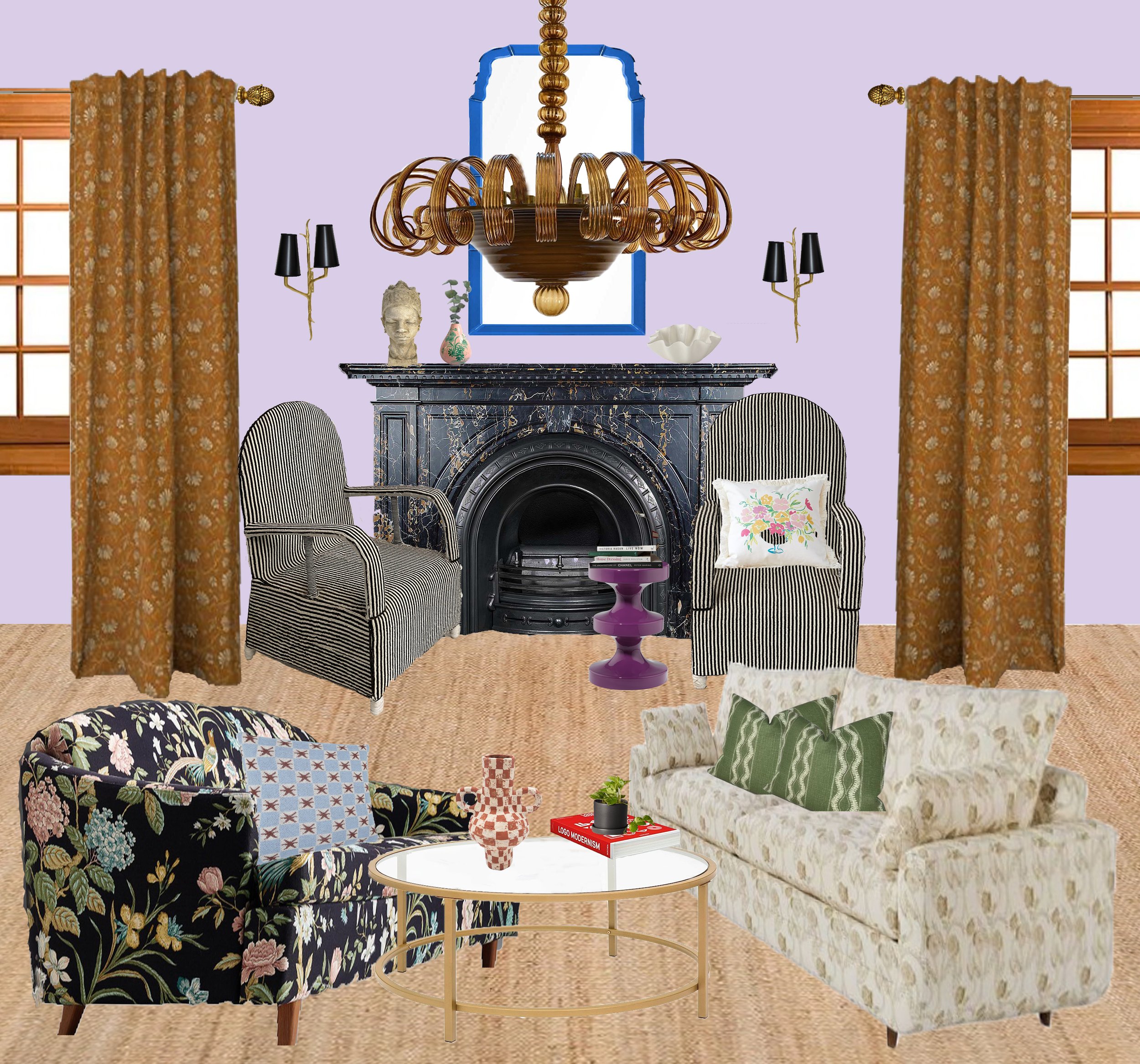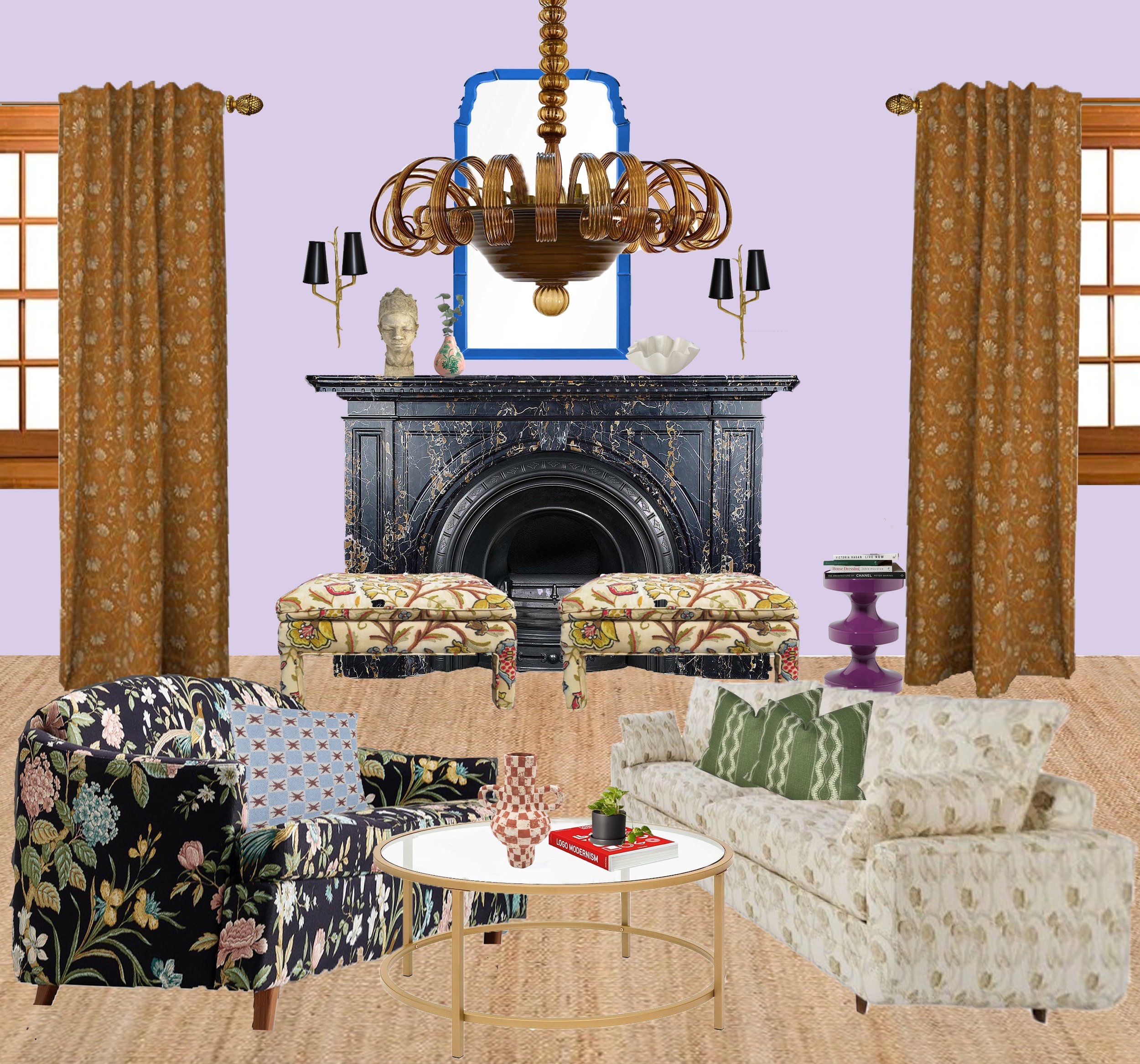3 Design Myths That Keep You Confused About Your Style
/Between social media, magazines, and blogs, we’re inundated with home decor. And what may be inspiring for a moment, often ends up feeling overdone and tired pretty quickly. This can make it difficult to pin down what we like or our style; and we might be drawn to a lot of different styles at any one time. The other day, I saw someone post they don’t know what their style is because they love a bit of “everything.” And this is very much what being overwhelmed can feel like.
While I don’t know all the reasons this person had difficulty finding their style, research shows information overload can lead to anxiety. And while anxiety may be a strong word, there is something to the idea that overexposure to so many interior styles can leave us feeling uncertain about our ability to decorate in a way that feels right for us, especially for those who tend to have anxiety about finding the “right” furnishings. As a result, we may be inclined to follow “rules” that sound good but work against us. So here are three design myths that may keep you confused about your style and alternatives you can consider.
Myth: I have to pick one style.
Alternative: I can blend styles I love and make them harmonious.
Vintage stores with all different styles can be overwhelming. So I often just let my eye roam until I catch something interesting. And when I find interesting objects in all different styles, I challenge myself to find a common thread among them.
During my interior design training, instructors really pushed the idea that we have to pick one style for a room. They threw around terms like french country, mid-century modern, or contemporary for us to consider. And while eclectic was acceptable, we were made to identify one major style for a room.
While I understand the benefits of this, I also found it to be quite restricting. So when my instructor said my living room design wouldn’t work because it had too many competing styles, I was pretty bummed. She didn’t get my vision. She didn’t see it would translate well in real life. But of course, like the disciplined student I am, I redesigned the room only to find the updated version pretty blah compared to my original one.
I still don’t believe you have to pick one style, but I would say there is an art to remixing different styles into one in a way that feels harmonious and unique to you. Research shows that identifiable style is formed when we have a repertoire of design solutions we use (e.g., adding black to create moodiness or substance), and this comes through repeated exposure to styles we like. So as we draw from a variety of styles, we can begin to create a harmonious space by identifying the elements of each style we are drawn to. Then find a running theme that ties disparate elements together, making it easier to establish our unique style.
Personally, I love urban modern, classic/ traditional, and faded glamour styles; and my running theme is based upon a character I call “urban lady who lunches”. It’s supposed to capture a worldly woman who loves classic pieces with a twist, and embodies all the elements I’m drawn to. You may appreciate this character theme, but if it’s too dramatic, choose a theme that feels right for you.
Myth: My space will look stylish if I keep up with trends.
Alternative: My space will look stylish if the trends I choose reflect me.
Mushrooms have been having a moment and you may be weary about seeing them everywhere. But if you really love them, keep them. The trend will eventually pass, and all that will be left is the context you’ve created for them.
I love trends as much as anyone. They’re significant symbols of what’s happening in culture, and allow us to communicate our cultural sophistication. But keeping up with trends doesn’t necessarily guarantee you’ll have a stylish space. That is, style it’s more about your ability to tap into your creative vision. We certainly don’t have to adopt every trend. And what’s more, we don’t have to ditch trends b/c they’re no longer “in.” This may be harder said than done as it takes internal resolve to still love a trend whose moment has passed. But it’s also admirable and a sign you’ve really tapped into your inner creative.
I once heard a designer say she loved a trendy Moroccan rug long past its “moment”, and continued to hold onto the rug because she had an affinity for it. Similarly, I remember when chevron was everywhere, and honestly I was sick and tired of it. But now that the trend has subsided; I don’t feel as annoyed by it anymore. This made me realize trends and furnishings are all about the context we give it. If you genuinely like something that is trendy or not, style it in a way that is true to you and it will be timeless.
According to research, today’s youth are drawn to trends that reflect self-expression and their values; and I believe this is a trend we can all get behind. So the next time you see an object you like for your home, but hesitate because you’re concerned it may not be trendy or be too trendy, ask yourself if you genuinely like it, why, and how you envision it working for your space. This will help you determine if it will work for you.
Myth: Don’t buy decor you love if it “doesn’t go.”
Alternative: If you really love it, you can make it work.
This green frog is certainly a speciality item. And if you really love it but don’t think it will work in your space, think about how you would use it if you could (umbrella stand?). If you still can’t think of a place for it, walk away from it. And If you’re continuing to think about it, it’s a good sign it’s for you. The only caveat is that it might not be there when you get back, but this is just the risk you take.
I can’t tell you the amount of times I questioned whether something I like would “go”. Sure, making our home feel harmonious is design 101, but there’s a blind spot in interior design. What shouldn’t go or feel harmonious in theory, may actually feel harmonious in real life. Being able to know if it does or not takes some trial and error to get right. According to research, one way style is created is from repeatedly executing design solutions you recall from memory when needed. In other words, the more you practice following your vision or intuition, the easier it is to know if an object is right for you.
All in all, I believe if you really love an object, there is a reason, and you can always find a way to make it work. It helps to think of how something can work in your space even if you don’t have a spot for at the moment. This way, you can work towards creating a space for it. I have four square ottomans in storage that I plan to reupholster in different color velvet. I envision putting them in the basement or sunroom once it’s completed, and think it will work really well. So the next time you see an object you strongly feel belongs with you, don’t hesitate just because it doesn’t go with furnishings you can easily switch up. Rather consider how you can make it work.
Now it’s your turn, how has your design style evolved? Are there myths you have fought against or truths that work for you? Share your experiences with us.













